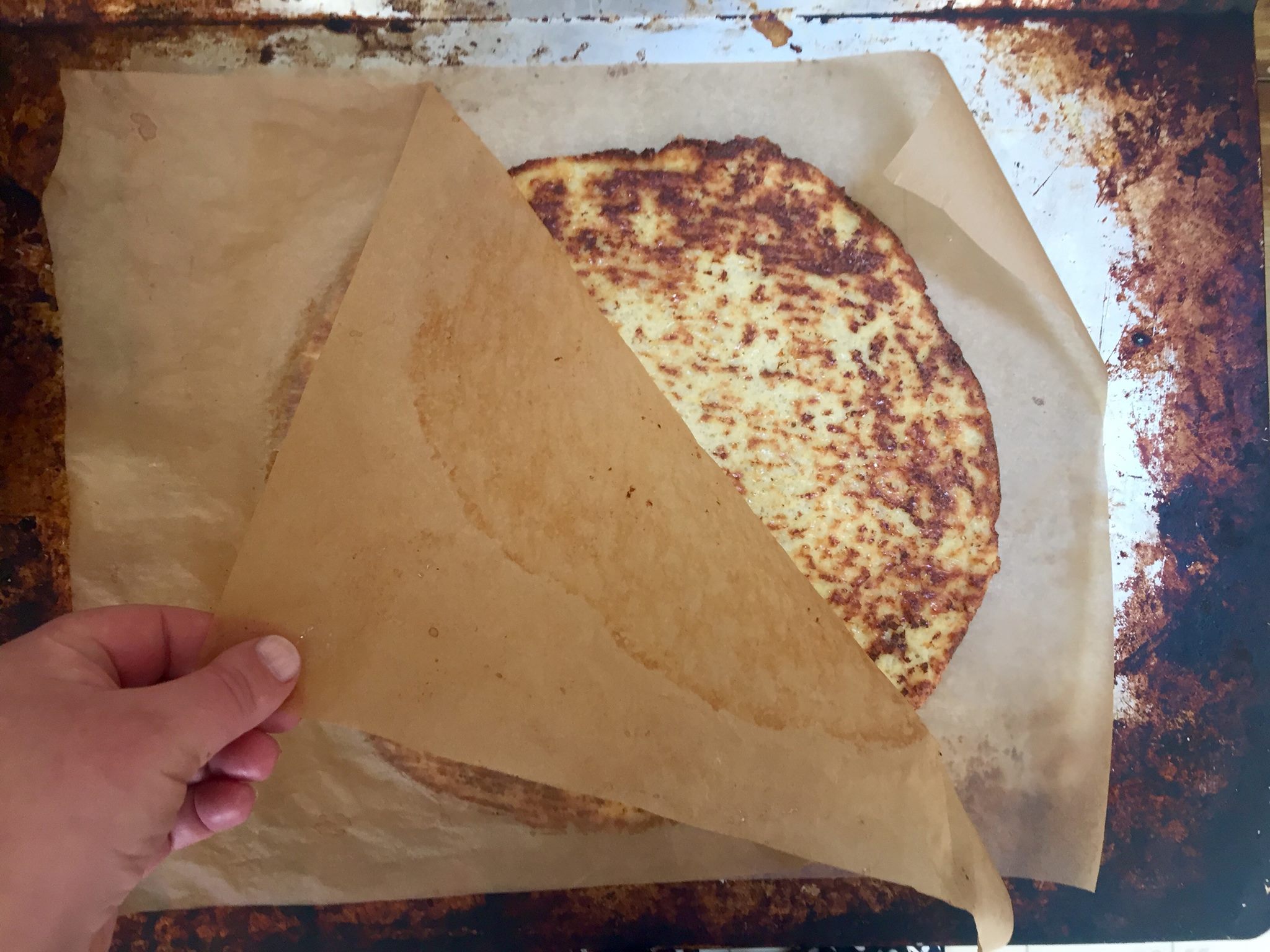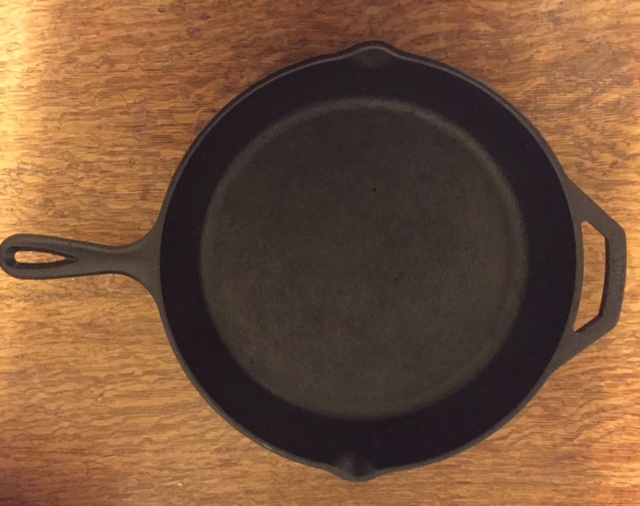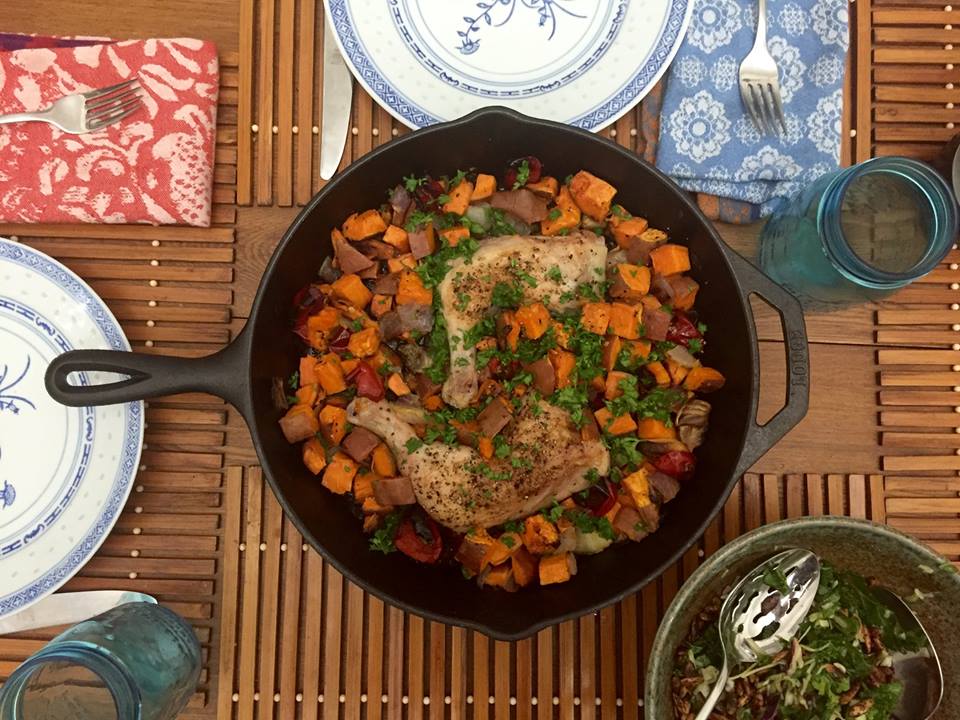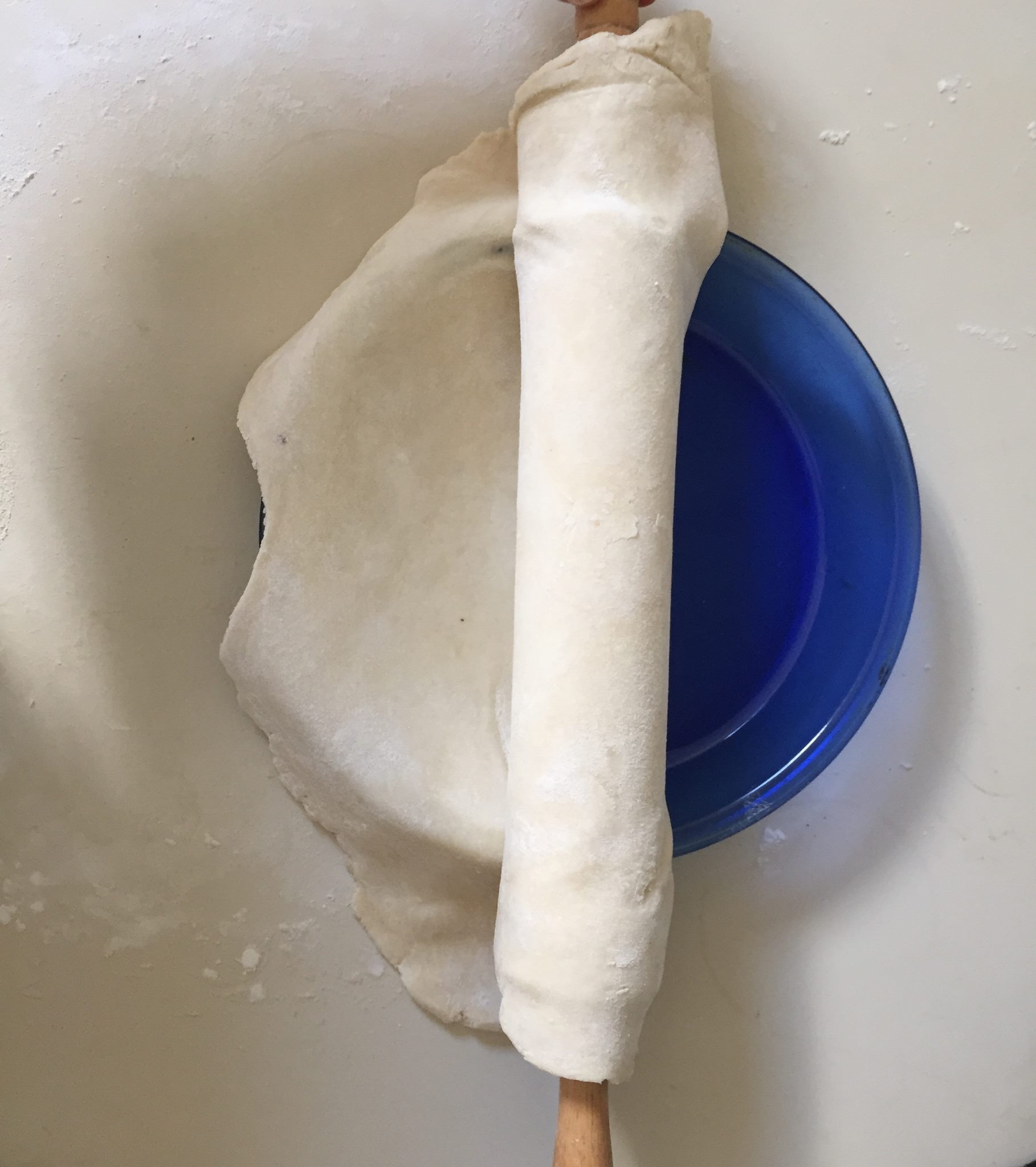Mushroom Steaks
- Prep Time 35 minutes (including marinating)
- Cook Time 20 minutes
- Estimated Cost $2.50
- 42 Comments

I spent last week in NYC. I had a few meetings, caught up with old friends, and went to the set of The Rachael Ray Show to shoot a few scenes for Young & Hungry (tune in on March 9th at 8/7 Central on Freeform to see it--I'll also be in the episode!).

One evening after working all day, I met up with my NYC-living friends, Jocelyn and Lisa for dinner in Brooklyn at a great restaurant called Flatbush Farm. As the name suggests, the menu was focused on farm-to-table dining; seasonal, fresh, and rustic.
We decided to share a few entrees, and one of them was a "Carrot Steak." When the dish arrived, it looked to be some thickly sliced carrots that had been roasted, and topped with a hearty grain and kale salad. It was a delicious vegetable dish (and one which I would probably order again) but it did not in any way resemble steak.
I don't have a problem with calling foods something they are not (I often call cauliflower everything from tortillas to rice to pizza), but I do feel strongly that if you are going to do that, you should at least make an effort to serve the food in the same manner as the food you are referring to. Even though the carrot steak we ordered was quite tasty, the restaurant hadn't quite accomplished this.
With this in mind, I was inspired to turn the enormous King Oyster mushrooms I bought recently into the steaks I knew they could be. I first discovered the meaty potential of King Oyster mushrooms when I turned them into mushroom bacon a few months ago.

Because mushrooms are meaty but not naturally juicy enough to resemble steak, I knew I needed to add moisture and a bit of umami flavor. To accomplish this, I plunked them, halved, into a simple marinade of soy sauce, smashed garlic, brown sugar, black pepper, olive oil, and water.

After marinating for about 30 minutes (I could have left them in for longer but didn't want them to start to break down), they went into a hot cast iron (my favorite way of cooking steaks of any kind).

After getting a good long sear, the steaks get flipped and topped with about half of the marinade, just ensure they get as much flavor and moisture as possible.

After a good long sear, the get a little fresh parsley. Not required, but adds lovely color and flavor.

If you really want to put it over the top, add a little vermouth or broth to the empty pan and scrape up those delicious brown bits to make a quick pan sauce (this is optional but quite recommended).

And over the top it goes, giving the 'shrooms a steaky glaze.

These "steaks" make a great side dish, but I dare you to try them as an entree, maybe with some mashed potatoes and seared broccolini or creamed spinach. I think you'll find that the steaks' meaty texture and juicy, umami flavor is more than enough to satisfy carnivorous cravings.
Ingredients
- 1/8 cup soy sauce or tamari Pantry
- 2 cloves garlic, smashed Pantry
- 1/2 teaspoon ground black pepper Pantry
- 1 tablespoon brown sugar or honey Pantry
- 1/3 cup water
- 1 tablespoon extra virgin olive oil, plus more for cooking Pantry
- 2 very large or 4 medium King Oyster mushrooms (the ones pictured measure about 9 inches in length), halved lengthwise $1.50
- 1 small handfull fresh parsley, chopped (about 1 tablespoon chopped) $1 for a bunch
- 1/4 cup vegetable broth, vermouth or other wine (red or white) optional
Recipe Serves 2
Directions
- Stir together the first 6 ingredients in a wide, shallow dish.
- Place the mushrooms in the dish, flat-side down.
- Cover the dish and let marinate at room temperature for 30 minutes.
- Heat enough olive oil to thinly coat the bottom of a large frying pan (preferably non-stick) over medium-high heat.
- Remove the mushrooms from the marinade and shake off excess. Reserve marinade.
- Cook flat-side down in the pan for 8-10 minutes, until very brown (check periodically to avoid burning).
- Flip and let cook for another 2-3 minutes to sear.
- Add about 1/2 of the marinade to the pan and cook until it is almost completely absorbed.
- Remove the mushrooms from the pan and top with the parsley.
- If you want to make a pan sauce, add the broth, vermouth, or wine, and stir, scraping the brown bits off the pan and into the liquid.
- Once the sauce has thickened (about a minute), pour it over the mushrooms.
- Serve warm.











































